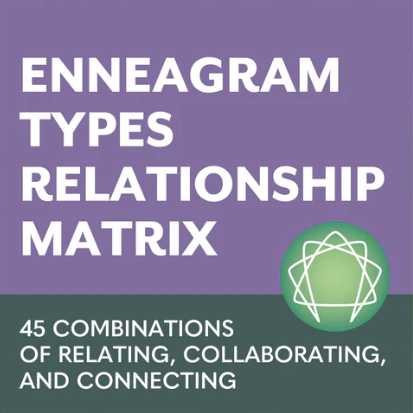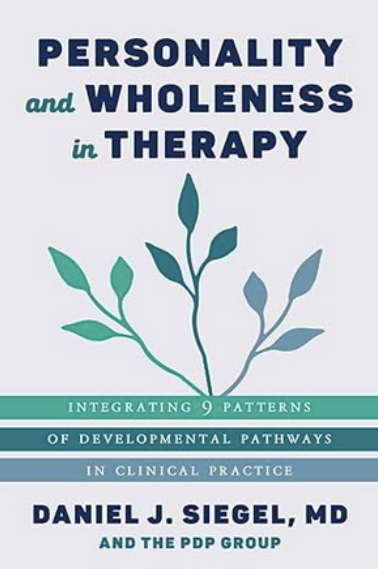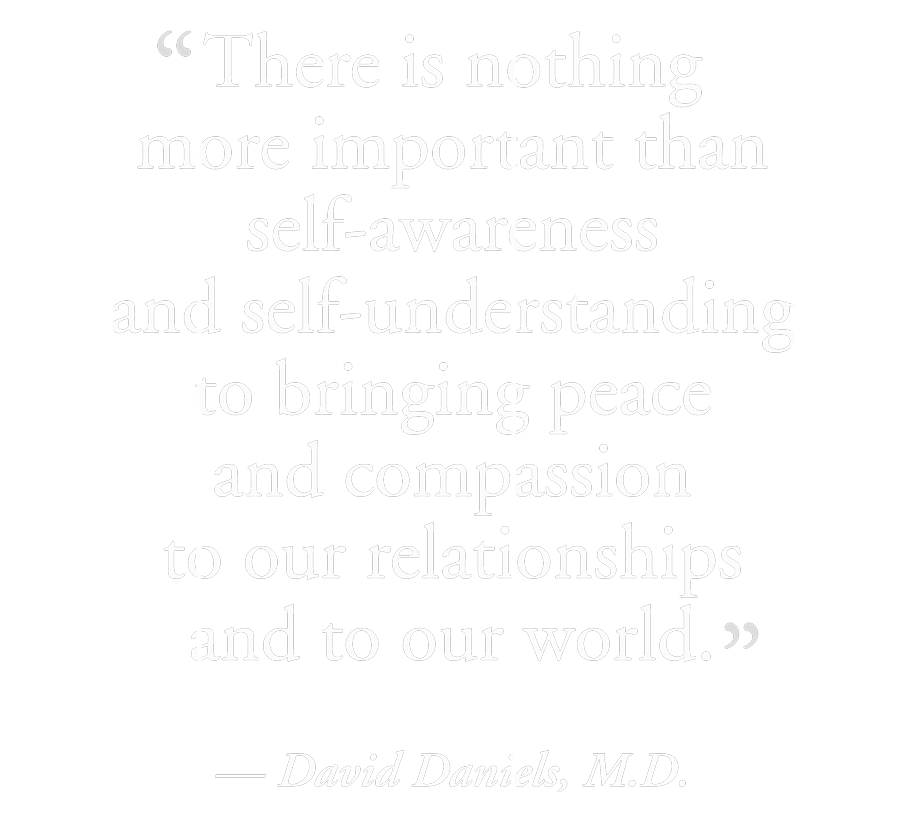Type 1 ~ The Perfectionist
Basic Proposition
The original, undivided state of perfection in all things in each moment goes into the background in a world that Type 1s perceive as judging and punishing bad behavior and impulse. Type 1s come to believe that they gain worthiness and love by being good, correcting errors, and meeting the requirements of the critical mind.
Concurrently, Type 1s develop resentment and suppressed anger or guilt over impulses and bad behavior. Their attention naturally goes to errors and mistakes. Reaction formation glues the structure together by helping them oppose “bad” behavior even going to the opposite, especially impulses and desires. Their ultimate concern or fear is being utterly wrong and hence totally unworthy. As compensation they sometimes control and dominate by becoming rigid, judgmental, self-controlling, resentful, unforgiving, guilt provoking, and demanding of correct behavior and improvement.
Where Type 1’s Attention Goes
Type 1’s attention goes into focusing on what is right and wrong, especially on what they must correct. Their focus shifts from pleasure to internal standards and external criticisms. They frequently compare themself to others, and constantly monitor their actions.
Type 1’s Stressors: What Makes Them Most Personally Reactive
Type 1s’ constant monitoring and fixation on perfection can result in numerous stressful preoccupations. They can endure external, environmental stress during situations in which other people are acting unfairly or irresponsibly (even when the Type 1s are not party to these actions), are neglecting and violating important rules and standards, and/or are not handling problems in the correct way. Type 1s may feel internal anxiety when they consider themselves to be unjustly criticized or when they perceive themselves to be failing to meet their own lofty standards.
To avoid the blame and guilt associated with these stressors, Type 1s fixate on getting things right the first time. This necessitates acting responsibly and independently, almost to an obsessive degree. As a consequence, Type 1s can sometimes delay action, impeding progress in a contradictory manner. To achieve perfection, they might also suppress their personal needs and pleasures, in fear that they may accidentally release “darker” and shameful impulses. When Type 1s make mistakes, they may feel angry that, if not contained, can be projected onto others in a self-righteous way. Type 1s might also compare themselves to others to feel morally superior.
To self-develop, Type 1s should work to diminish these preoccupations, as such reactions block their self-acceptance and the serenity that comes from receiving life as it is.
Type 1’s Strengths and Weaknesses
Type 1’s Strengths
- Persistent effort
- Correct action
- Honesty
- Responsibility
- Concern for improvement
- Accomplishment
- Idealism
- High standards
- Self-reliance
- Dedication
Type 1’s Weaknesses
Difficulties Produced for Self
- Constant presence of internal critic affecting self-esteem, causing tension, loneliness, and worry as well as impairing action
- Reversal of critic to the outside, placing blame in a “you-not-me” manner
- Delayed pleasure
- Eruption of the suppressed “dark side” of aggression and sexuality
- Engulfed in detail that impairs productivity
Difficulties Produced for Others
- Feeling bad, rejected, inferior, incapable, unaccomplished, defensive, and/or alienated as a result of the Type 1’s criticism and superiority
- Feeling the force of Type 1’s contained anger and control
- Feeling hurt and/or punished by Type 1’s severe critical mind
- Experiencing Type 1’s perfectionism as nit-picking that side tracks accomplishment and reduces enjoyment.
Personality Dynamics
When Type 1s suffer from personality biases, the resulting features are biased mental and emotional dynamics. Fortunately, if Type 1s work to diminish their personality biases, they are able to return to their Essential Qualities and, consequently, attain a higher mental and emotional capacity.
Mental Center Dynamics: Resentment and Perfection
Mental Preoccupation (or Fixation): Resentment
Essential Spiritual Quality (or Holy Idea): Perfection
When Type 1 has a biased mental dynamic, they experience a Mental Preoccupation (or Fixation) called Resentment. Resentment manifests itself as displeasure and indignation towards incorrectness and impulse. Type 1 does not believe themself or others to be righteous enough, and so suppresses their wants and over-controls the situation. When a Type 1 restores their mental dynamic, they experience an Essential Spiritual Quality (or Holy Idea) called Perfection – a connection to all things in each moment without division, and during which the universe works perfectly. However, unlike the artificial and impossible “perfection” that a less-developed Type 1 obsessively chases, a highly-developed Type 1’s “Perfection” involves perspective. This perspective is the ability to recognize that right and wrong can coexist because life itself is dynamic, and never completely perfect.
Emotional Center Dynamics: Anger and Serenity
Emotional Reactivity (or Passion): Anger
Higher Emotional Capacity (or Virtue): Serenity
When Type 1 has a biased emotional dynamic, they experience an Emotional Reactivity (or Passion) called Anger. Anger reflects the violation of standards of correctness, and Type 1s frequently endure tense energy to contain this anger. When a Type 1 restores their emotional dynamic, they experience a Higher Emotional Capacity (or Virtue) called Serenity – acceptance and calm, with a body at one with itself and connected to its instinctual energy.
Instinctual Center & Subtypes
When any of the Enneagram types suffer from biased passion and emotional reactivity, they can either contain or compensate for the associated preoccupations through their subtypes.
Self-Preservation (Self-Survival): Anxiety
Type 1s with a self-preservation subtype cope with emotional bias by expending energy to get things right. Anger is suppressed and internalized as they worry over how to do things correctly. Their motto is: “To survive, I must avoid error and wrongdoing.”
Sexual (Pair Bonding Survival): Jealousy | Heat
Type 1s with a sexual subtype cope with emotional bias by expending energy to compare themselves with the person who has taken what the Type 1 has (whether accurately or incorrectly) deemed to be rightfully earned. Anger is expressed and tension grows as the sexual Type 1 insists that only one person in the pair is right, while the other is wrong. Their motto is: “It is not my desire; it is your desire and you do not deserve it.” This is the reversal to: “I’ve earned it, and you are wrong to try to take it away.”
Social (Group Survival): Inadaptability
Type 1s with a social subtype cope with emotional bias by expending energy to improve the current system according to their absolute standards. Anger is channeled as rigidity for the righteous cause or method. Their motto is: “I do not desire, I want things right for others.”
As the Enneagram types are quite dynamic and intercorrelated, Type 1 is influenced by:
Left Wing Type 2: The Giver
Right Wing Type 9: The Mediator
Security Point Type 7: The Epicure
Stress Point Type 4: The Romantic
Self-Development Strategies: Attaining Higher Personality Qualities and Reuniting with Essence
The Central Theme for Type 1s’ Healing and Development
Healing and development for Perfectionists primarily involves becoming less dominated by the dictates of the critical mind and, in time, regaining a sense of being an undivided whole. This means helping Type 1s appreciate that what is frequently judged as wrong is actually just different, something that deviates from an imagined ideal. Type 1s need to learn to observe the critical mind and detach self-worth from it. The difficulty is not really in the high standards or even too many standards, but in their power in determining self-worth and dictating life. Perfectionists should also learn to accept and integrate their “darker side,” the more aggressive and sexual side of them that, while imperfect, is not necessarily bad. Learning to integrate their “darker side” can relieve them from constant self-suppression and can prevent a future explosion of improper behavior.
How You Can Self-Develop and Fulfill Your Relationships
- Notice your mind dividing and confining itself to the either/or quality of “right and wrong” judgements, as well as the tension experienced with this
- Shift your attention from wrong doing to differences, and appreciate errors, mistakes, and imperfections as these differences
- Recognize how you constantly monitor yourself and others for comparison purposes (good/bad, perfect/imperfect)
- Question whether a harmless mistake really is a big deal (consider making harmless mistakes on purpose and noticing the effect)
- Accept the “dark side” and pleasure as the natural order, and integrate your instincts and desires into your life with healthy restraint (even scheduling time for pleasure)
- Utilize anger and guilt as signals of your critical mind taking over, and as clues that you are suppressing your needs and/or are making judgments of whom is to blame
- Detach your self-esteem from internal standards and release your critical mind’s domination by working with the negative superego (even observing the critical mind in action for 30 seconds each hour)
- Analyze your ideals and “shoulds,” and compare them with what might actually be desirable
- Be non-judgmental, own your own criticisms, and admit your mistakes
- Practice acceptance acceptance and forgiveness, rather than improvement
- Observe what is positive and OK
- Learn that, though imperfect, you ARE lovable
- Remind yourself that the goal is to be whole, not perfect
How You Can Help a Type 1 Self-Develop and Fulfill Their Relationships
- Encourage your Type 1 to develop more fully by accepting perceived errors as differences, detaching their self-esteem from internal standards, and experiencing more pleasure
- Assist them in becoming less judgmental, owning their criticisms, and admitting their mistakes by leading through example
- Point out to them what is positive and OK
- Let them know that, though imperfect, they are lovable
- Remind them that the goal is to be whole, not perfect
Need help finding your Enneagram type? Take the scientifically validated Enneagram test online or through the paper-back book version found in Dr. David Daniels’ The Essential Enneagram.
To find out more about these and other typing methods, click here.






